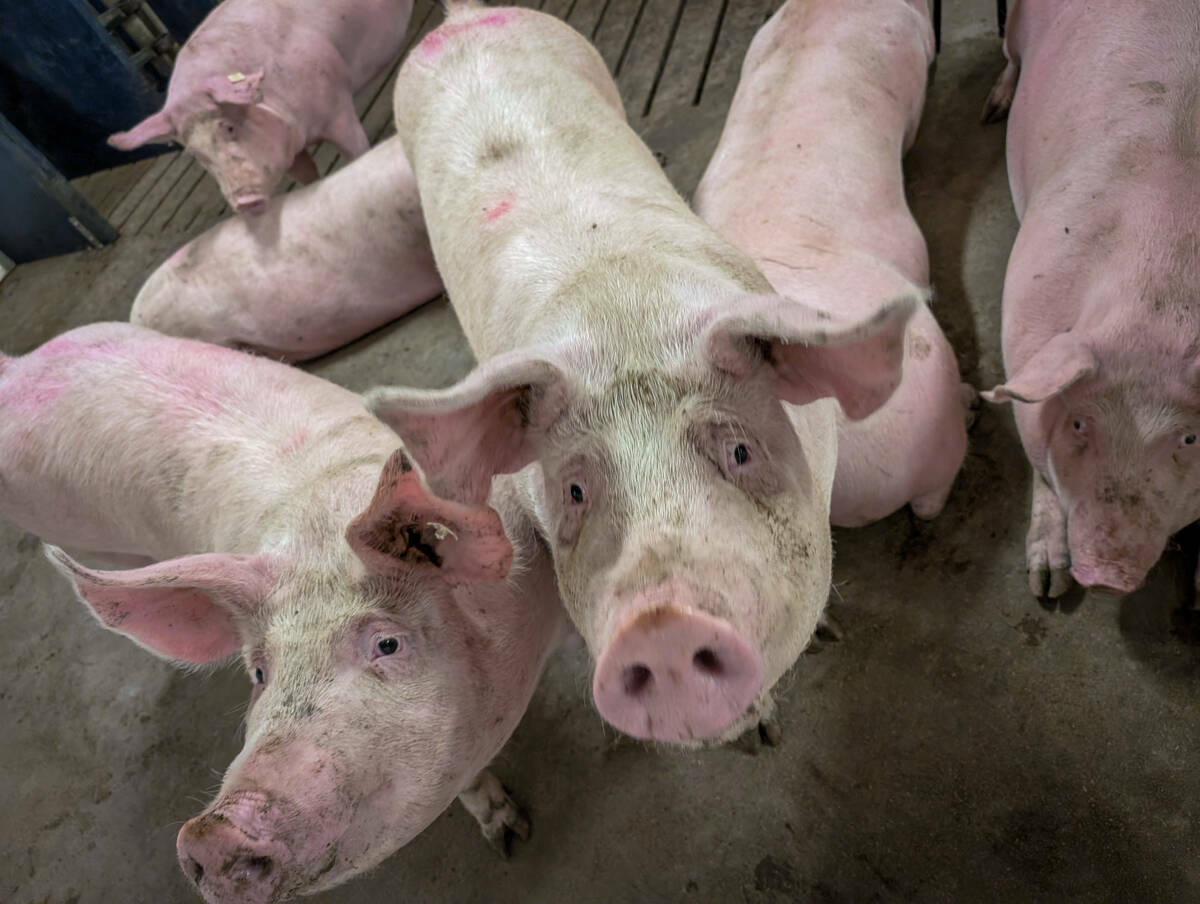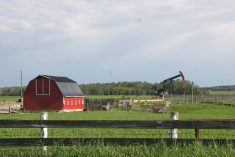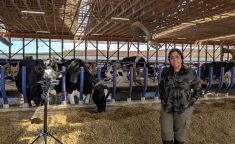Milk producers can’t expect consumers to advocate for the dairy industry if they don’t advocate for themselves,” says Karlee Conway, corporate communications co-ordinator for Alberta Milk producers organization.
“When you put yourself out there and get in front of someone else, they will have a much harder time criticizing you,” Conway told Alberta Milk’s spring producers’ meeting.
She said consumers have higher expectations about where their food comes from, even though they have less first-hand knowledge of what goes on at a farm.
Read Also

Ottawa pauses update on food from cloned livestock
Health Canada has indefinitely suspended a proposed update to the novel food policy governing foods derived from cloned cattle and swine, as well as their progeny.
“People who live in the city have no idea what actually happens. We need to step up and make sure that they know the right story,” said Conway, adding that today anyone with a cellphone camera can be a “journalist.”
“We’re running into this problem where people are sharing information that’s not true about the dairy industry, animal welfare and supply management.”
Conway said consumers need to trust where their food is coming from, and the people who are producing it.
“We need to make sure that we’re doing more, and show them the real story. There are things that we could be doing better as well,” said Conway.
She encouraged producers to get accurate information to the public. Producers need to be vocal and counteract the spread of misinformation. “One bad picture gets out, and the entire industry suffers,” she said.
Advocacy or “Ag-vocacy” (advocating for agriculture) can take many forms. Producers can advocate for agriculture by writing letters or explaining things in casual, everyday encounters. Conway’s other suggestions included bringing people out to farms, building relationships with politicians and government officials, and inviting tour groups to visit farms.
People can also use social media to communicate with others. “Half of the world’s population is under 30 and this is where they are communicating. These people are going to be the next policy-makers,” said Conway. “We need to show people what real agriculture looks like.”















